Do you experience touchscreen issues after updating to iOS 16?
iOS 16 has introduced lots of new features to its users, such as adding custom lock screens, using shared iCloud libraries, and more.
As with any other updates, not everyone was pleased with the new OS.
Since it was released, users experienced weird touchscreen behaviors on their iPhones.
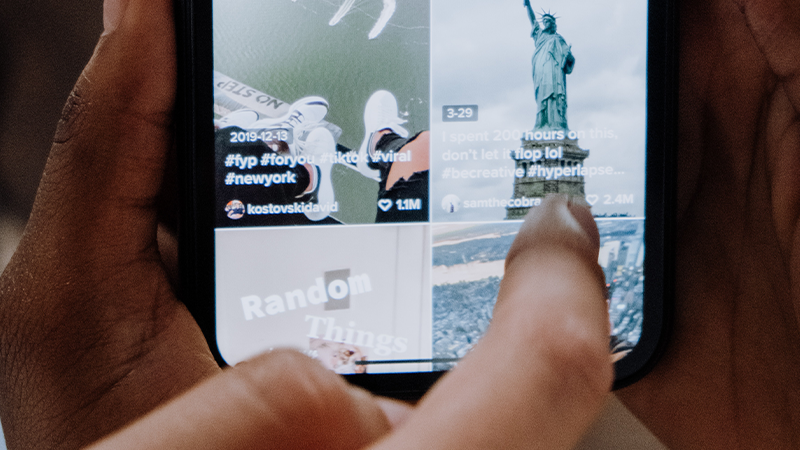
This guide will show you how to address touchscreen issues after updating your iPhone to iOS 16.
Let’s get started!
1. Clean Your Phone’s Screen.
If you experience ghost touch or an unresponsive screen, it’s possible that your display is dirty.
Using your phone accumulates smudges and oils on the panel. This can interfere with the digitizer, resulting in random touches or unresponsive sections.
Grab a clean microfiber cloth and wipe down the screen.
Note
Do not use any cleaning agent (alcohol, glass cleaner, etc.) on your phone’s screen since this can remove the oleophobic coating on the glass.
2. Restart Your iPhone.
If touchscreen problems are still present on your device, try performing a restart.
This should ensure that your system is initialized properly and there are no errors that cause problems with the display.
If you are using an iPhone X, 11, 12, 13, 14, or later, here’s what you need to do:
- Hold down the Volume Down button and Side button until the ‘Slide to Power Off’ prompt appears.
- Now, drag the slider to the right and wait for 30 seconds.
- Press the Side button afterward to turn on your device.
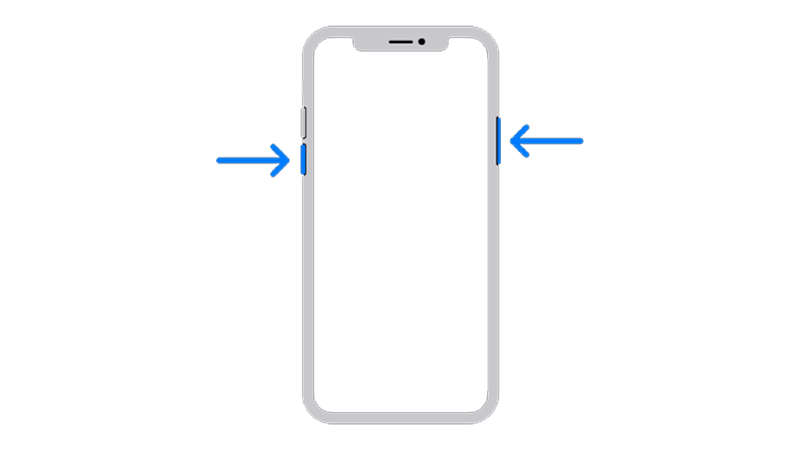
For older models, follow the steps below:
- Locate the Power button on your device.
- Now, hold the button until the ‘Slide to Power Off’ prompt shows up.
- Drag the slider to the right and wait 30 seconds before turning on your device.
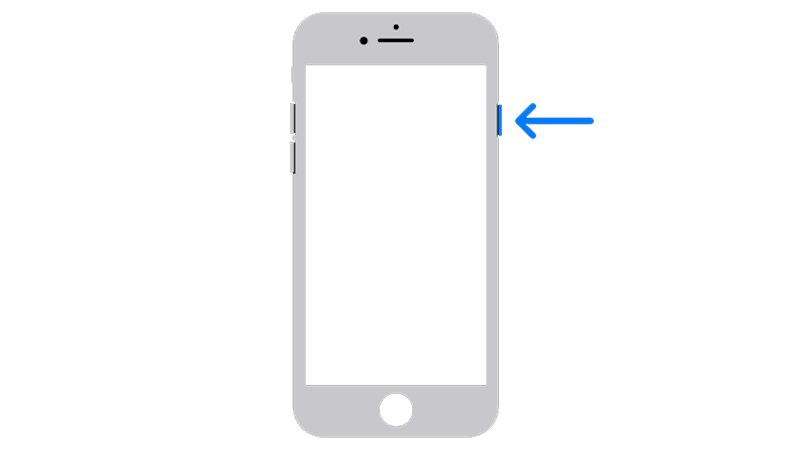
Go through different apps to check if your touchscreen is functioning correctly.
3. Turn Off Assistive Touch.
Disabling Assistive Touch can also resolve touchscreen issues on iOS 16.
The version of iOS 16 you’re using might have a problem related to Assistive Touch, causing some parts of your screen to become unresponsive.
To confirm this, follow the steps below to turn off the feature:
- Open the Settings app on your iPhone.
- Next, go to Accessibility > Touch.
- Access the Assistive Touch tab and disable the feature.
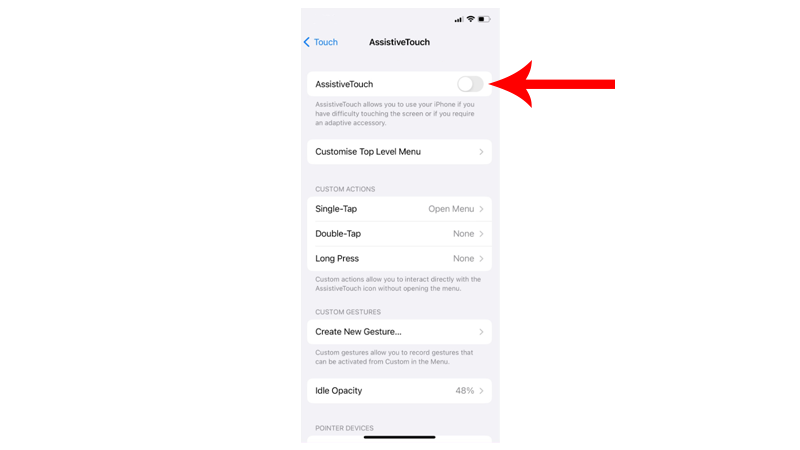
- Restart your iPhone.
Test different applications to see if you’ll still encounter touchscreen problems.
4. Remove Screen Protector.
If you are using a screen protector on your iPhone, it could be why you’re experiencing touchscreen issues.
Screen protectors from unauthorized manufacturers could be too thick for your iPhone, causing your touchscreen to become unresponsive.
Try removing any protective film on your display and see if the screen response improves.
5. Use Touch Accommodations.
While waiting for an update to fix the problem, you can use touch accommodations in the meantime.
This should improve the screen response of your iPhone, making it easier to navigate the interface.
See the steps below to enable touch accommodations:
- Go to your home screen and launch the Settings app.
- Now, go to Accessibility > Touch.
- Tap on Touch Accommodations and enable the feature.
- Under Tap Assistance, select ‘Use Initial Touch Location’.
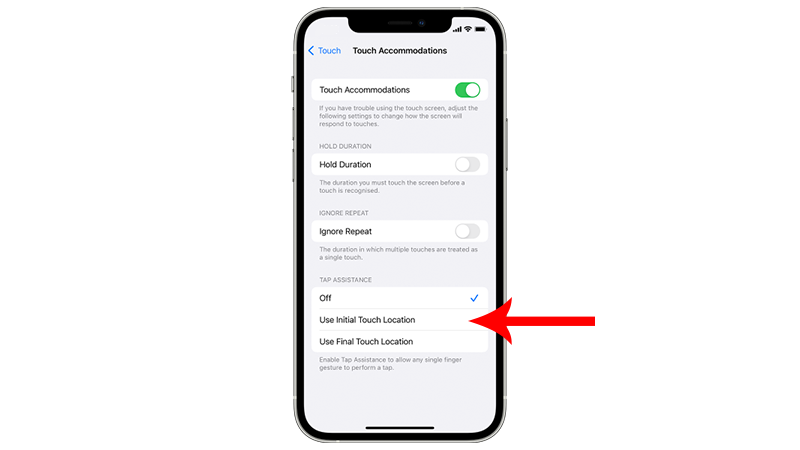
- Scroll down and access the Swipe Gestures tab.
- Enable Swipe Gestures and choose Standard.
- Restart your iPhone.
Check if enabling touch accommodations reduce the touchscreen issue on your iPhone.
6. Update Your iPhone.
Since this problem is mainly caused by a buggy iOS update, try checking if Apple has rolled out a patch to address the issue.
Here’s how you can check for software updates:
- Launch Settings on your device.
- Now, tap on General > Software Update.
- If there’s an available update, tap on Download and Install.
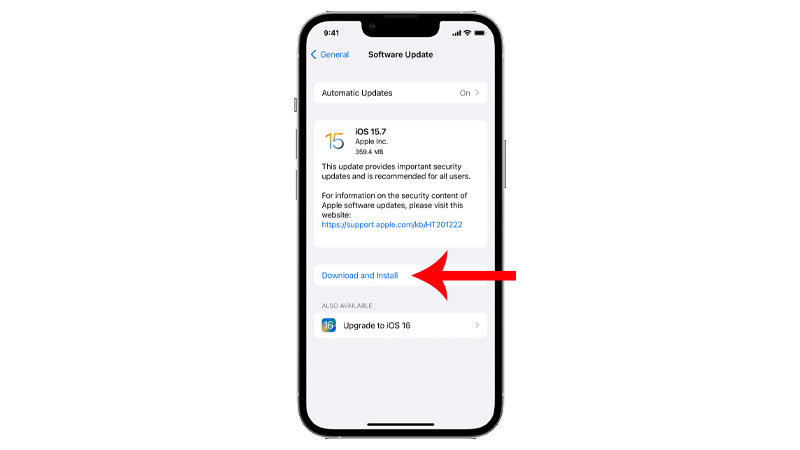
Note
- Your device can restart several times while installing the update.
- Make sure that your iPhone has at least 50% battery before installing updates. It’s best to keep your device plugged into the wall charger to avoid interruptions.
- Allow at least 15 minutes for the update to install, especially if it’s a major update (iOS 14 to iOS 15).
Test your touchscreen by using different apps after updating your device.
7. Reset iPhone Settings.
You may have accidentally changed some settings on your iPhone that caused problems with the touchscreen.
To rule this out, reset your iPhone’s settings to roll back any changes.
Here’s what you need to do:
- On your iPhone, go to the main menu and open Settings.
- Now, tap on General.
- Look for Transfer or Reset iPhone and tap on it.
- Tap the Reset option and select Reset All Settings.
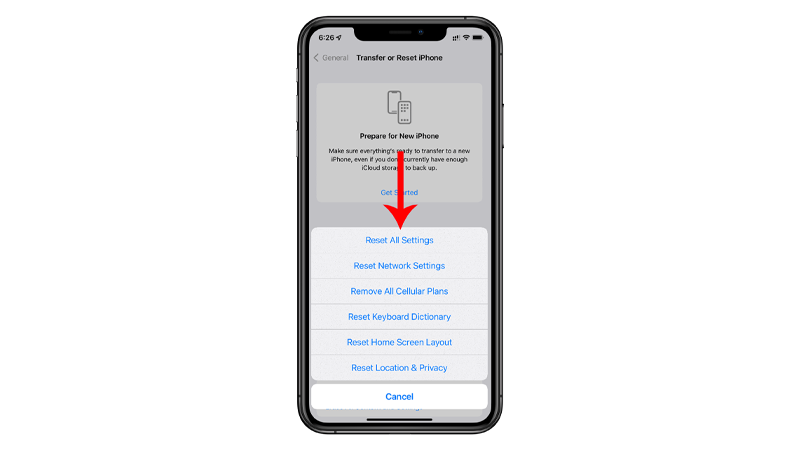
- Follow the prompts to continue.
Note
- Your iPhone will immediately restart upon resetting your configurations.
- It may appear to be stuck in the Apple logo. Wait for the process to complete, which usually takes 5 to 10 minutes.
Try using different apps to check if you’ll still experience touchscreen problems.
8. Check If Your Screen Was Replaced.
If you bought your iPhone used, it’s possible that its screen was already replaced.
As it turns out, iOS can now detect if a non-genuine part is installed on your iPhone, and may not work properly.
Here’s how you can check if your phone’s display has been replaced:
- Open Settings on your iPhone.
- Go to General > About.
- Look for the Parts and Service History section.
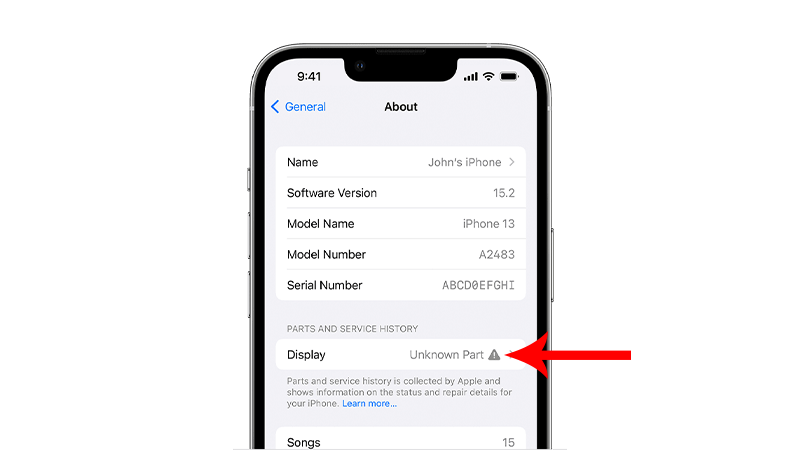
If you see a ‘Display’ entry that says Unknown Part, your phone’s screen has been replaced with a non-genuine part.
We suggest bringing your phone to the nearest Apple Store if the screen was replaced to have a professional assess the situation.
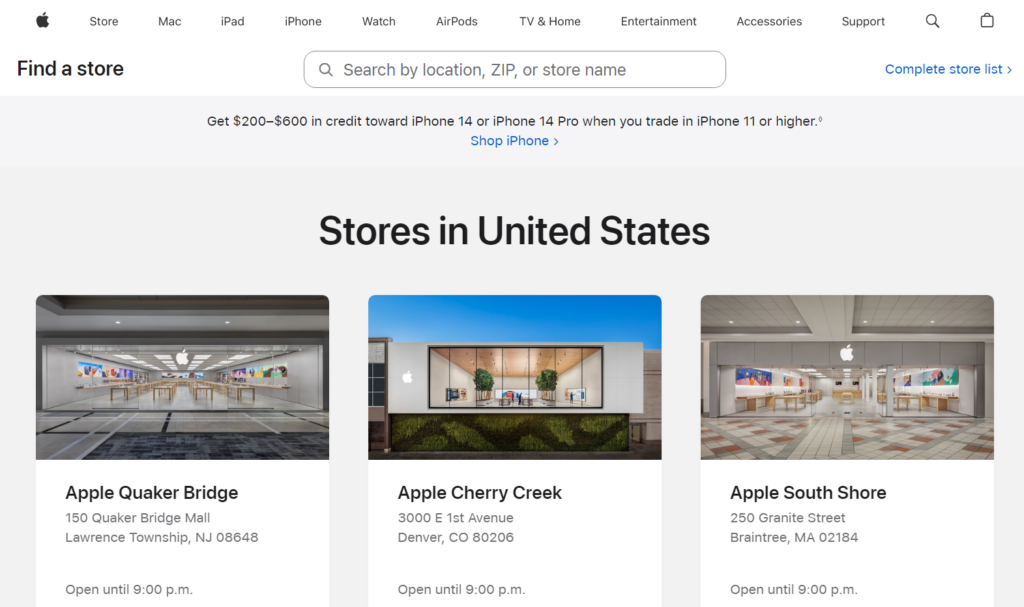
That sums up our guide for fixing touchscreen issues on your iPhone after updating to iOS 16.
If you have questions, let us know in the comment section, and we’ll be glad to help.





